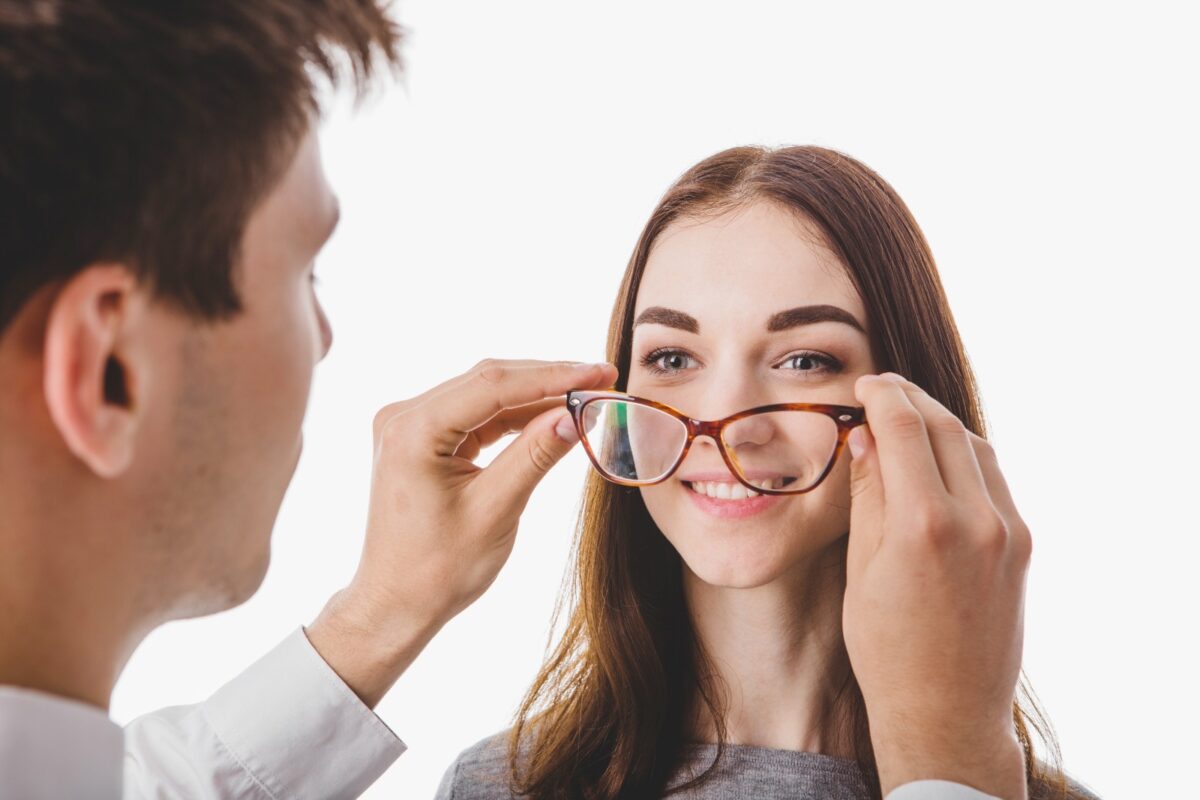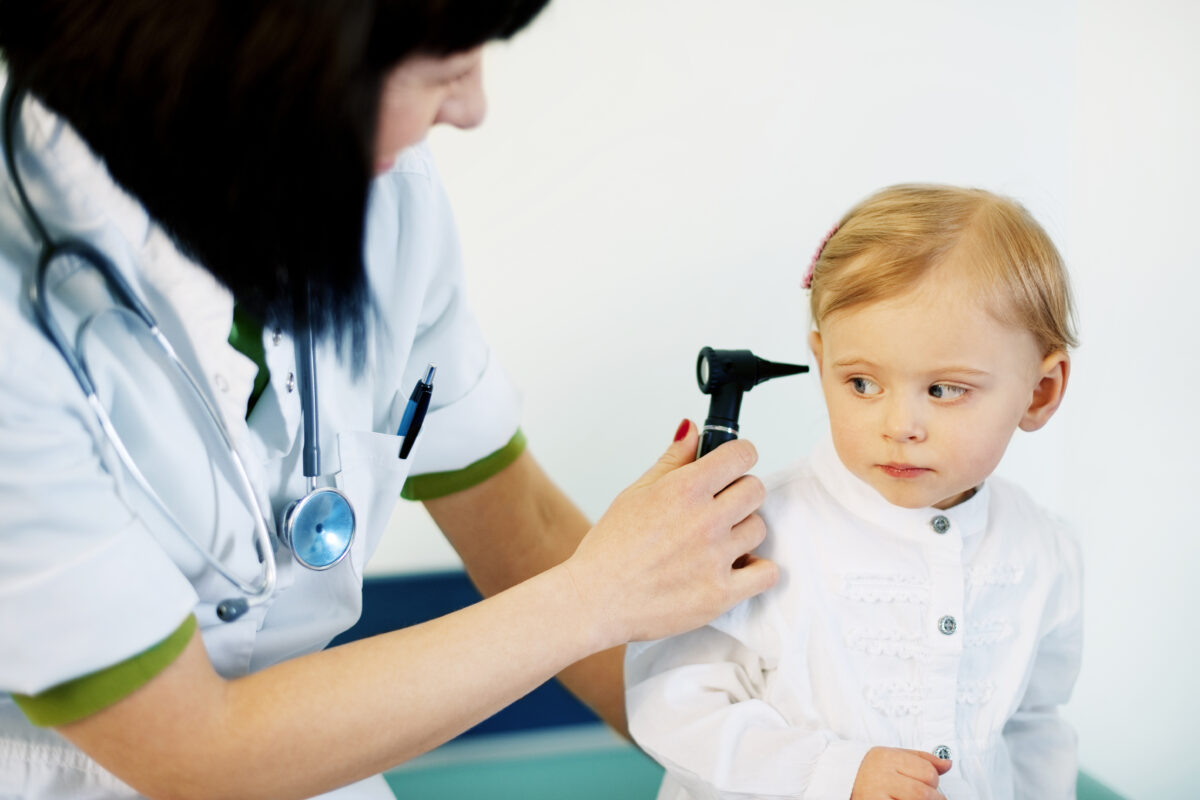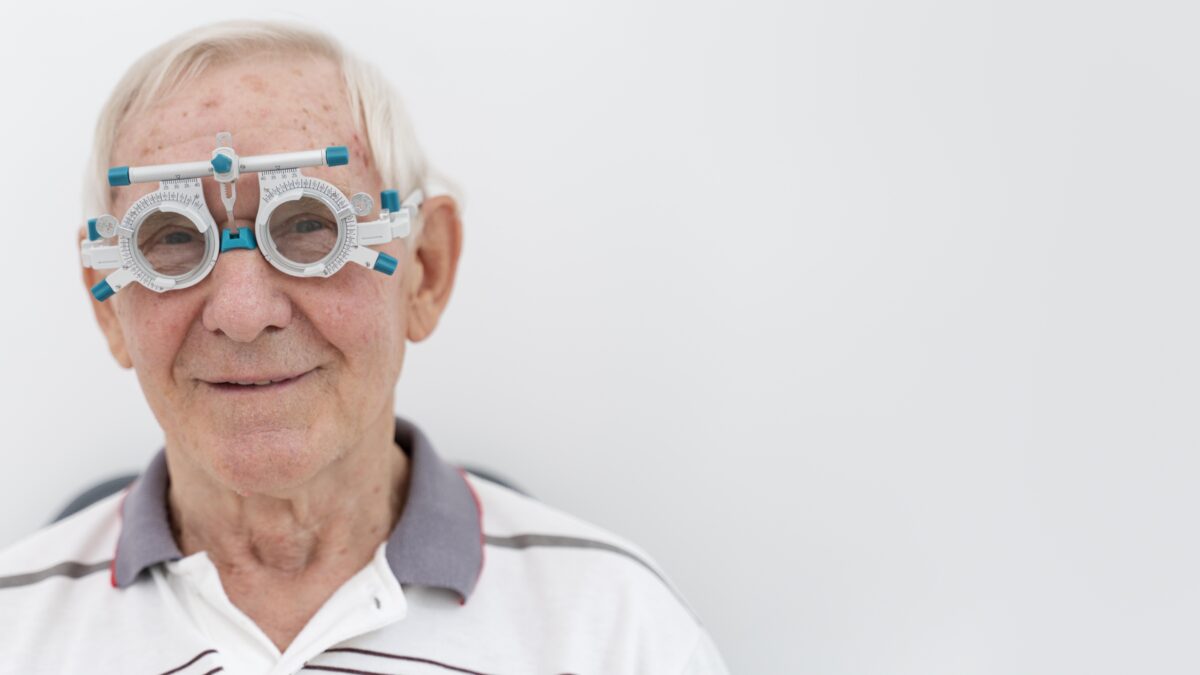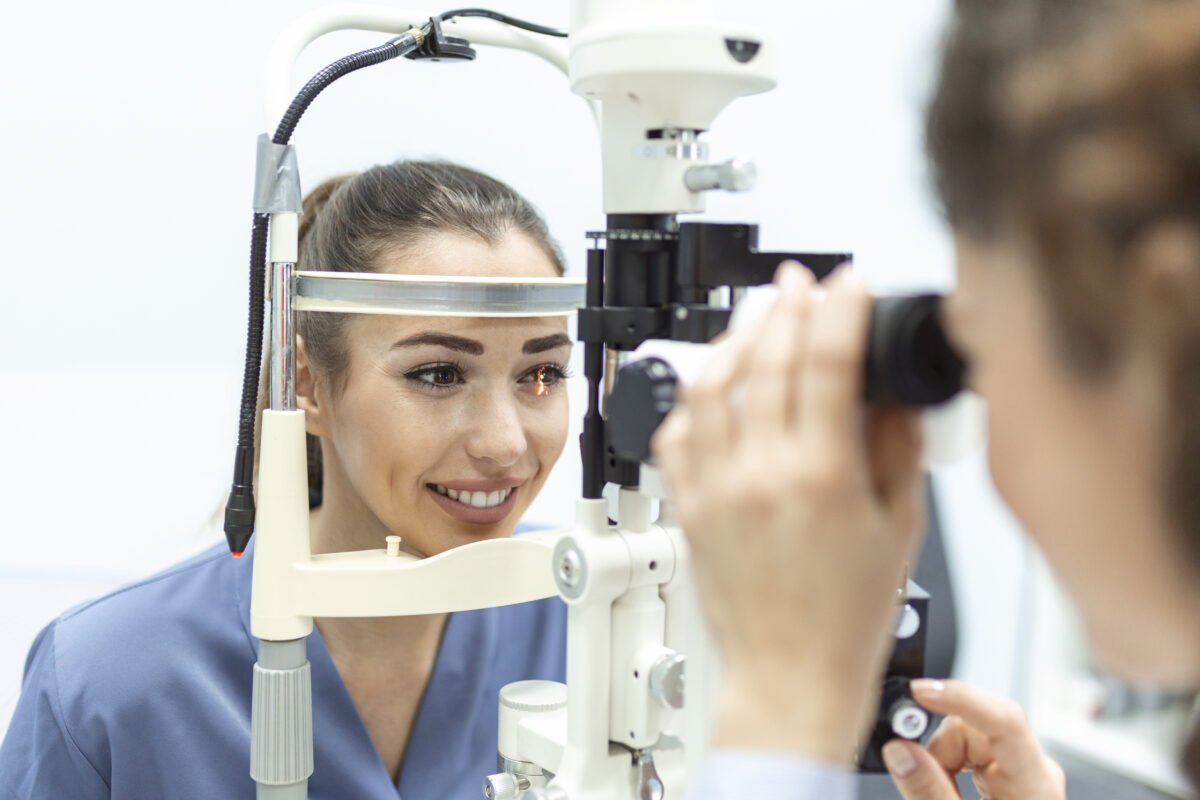5 Simple Habits to Protect Your Vision for Life
Vision is one of our most precious senses, enabling us to explore the world, connect with others, and carry out everyday activities. Unfortunately, many people take their eyesight for granted, unaware of the simple habits that can protect and preserve their vision for a lifetime. At Dr. Rani Menon Maxivision Eye Hospitals, Thrissur’s most trusted eye care centre, our mission is to educate and empower our patients with effective eye health tips aimed at preventing vision loss. Here, we share five simple yet impactful habits you can incorporate into your daily routine to protect your eyesight.
- Prioritise Regular Eye Exams
One of the most effective ways to protect your vision is by prioritising regular eye exams. Many people may not realise the importance of eye exams, often postponing appointments or neglecting them altogether until they notice a problem. However, regular eye check-ups are vital for maintaining eye health and catching potential issues early.
During an eye exam, our skilled ophthalmologists at Dr. Rani Menon Maxivision Eye Hospitals conduct thorough assessments to monitor your vision and eye health. Detecting issues such as glaucoma, cataracts, or macular degeneration at an early stage significantly enhances the chances of successful treatment. Aim to have an eye exam every one to two years, or as recommended by your eye care professional, especially if you have risk factors or existing vision problems.
Why Regular Eye Exams Matter:
- Early detection of eye diseases.
- Proper prescription adjustments for glasses or contact lenses.
- Comprehensive health check-ups for systemic diseases, such as diabetes and high blood pressure, affect eye health.
- Maintain a Healthy Diet
What you eat plays a significant role in your overall health, including your vision. A balanced diet rich in vitamins and nutrients can significantly benefit your eye health. Here are some essential nutrients to incorporate into your macular degeneration diet for protecting your eyesight:
- Omega-3 Fatty Acids: Found in fish such as salmon, sardines, and trout, omega-3 fatty acids contribute to retinal health and may reduce the risk of age-related vision problems.
- Vitamins C and E: These antioxidants protect the eyes from damage caused by free radicals. Citrus fruits, nuts, and leafy greens are excellent sources of these vitamins.
- Lutein and Zeaxanthin: Carotenoids found in leafy greens like spinach, kale, and broccoli help filter harmful blue light and reduce the risk of retinal damage.
- Zinc: Essential for maintaining the health of the retina, zinc can be found in nuts, beans, and whole grains.
By focusing on nutritious foods and adopting these eye health tips, you can contribute to the long-term preservation of your vision.
- Protect Your Eyes from UV Rays
Just as you protect your skin from the sun’s harmful rays, your eyes also need protection from UV radiation. Preventing vision loss associated with UV exposure is simple yet crucial.
When spending time outdoors, always wear sunglasses with 100% UV protection. Look for wraparound styles that block both UVA and UVB rays, providing comprehensive coverage for your eyes. Additionally, wearing a wide-brimmed hat can provide extra protection against sunlight.
Why UV Protection is Essential:
- Reduces the risk of cataracts: Prolonged UV exposure can contribute to the development of cataracts, leading to cloudy vision.
- Prevents macular degeneration: UV rays can injure the macula, the part of the retina responsible for sharp central vision.
- Protects against photokeratitis: This painful condition, also known as sunburn of the eye, can occur after exposing your eyes to intense UV light.
By prioritising UV protection, you not only ensure the well-being of your eyes but also enhance your overall comfort and enjoyment of outdoor activities.
- Practice Good Screen Habits
In our increasingly digital world, excessive screen time has become a common concern for eye health. Prolonged exposure to screens – from computers, smartphones, and tablets – can lead to digital eye strain, causing symptoms such as dry eyes, headaches, and blurred vision. Here are some effective strategies to minimise discomfort and protect your eyesight while using digital devices:
- Follow the 20-20-20 Rule: Every 20 minutes, take a break and focus on something 20 feet away for at least 20 seconds. Reduce eye strain and improve comfort through this practice.
- Adjust Screen Settings: Ensure your screen is at eye level and about an arm’s length away. Adjust brightness and contrast to match the surrounding environment, and consider using blue light filters on your devices, especially before bedtime.
- Blink Regularly: When focused on screens, people tend to blink less, leading to dry eyes. Make a conscious effort to blink frequently to keep your eyes moist and comfortable.
- Limit Screen Time: When possible, take regular breaks from screens and engage in offline activities.
Incorporating these screen habits can greatly mitigate the negative effects associated with prolonged digital exposure.
- Stay Hydrated and Get Enough Sleep
Hydration and sleep are often overlooked when discussing eye health, yet both play a vital role in maintaining optimal vision.
Stay Hydrated:
Drinking enough water is essential for overall health, and it directly impacts eye function too. Staying well-hydrated helps maintain moisture in your eyes, preventing dryness and irritation. Aim for at least eight glasses of water a day, adjusting as needed based on your level of physical activity and climate.
Prioritise Sleep:
Quality sleep is crucial for eye health and overall well-being. During sleep, your body recharges, allowing for the healing and restoration of cells, including those in your eyes. Aim for 7-9 hours of quality sleep each night to improve eye comfort and reduce the risk of dry eyes, eye strain, and disruptions in your vision.
Why Hydration and Sleep Matter:
- Proper hydration can help prevent dry eye syndrome and improve tear production.
- Adequate sleep contributes to better focus and reduces fatigue, which is vital for tasks requiring visual acuity.
Protecting your eyesight doesn’t have to be complicated or time-consuming. By adopting these five simple habits, you can significantly enhance your eye health and prevent vision loss for years to come. Remember, the key to long-term eye care lies in prevention, so incorporate these eye health tips into your lifestyle today.
At Dr. Rani Menon Maxivision Eye Hospitals, we are dedicated to providing the highest quality eye care, alongside ongoing support and education for our patients. Don’t overlook the importance of regular eye exams, as they are essential for early detection and intervention.




